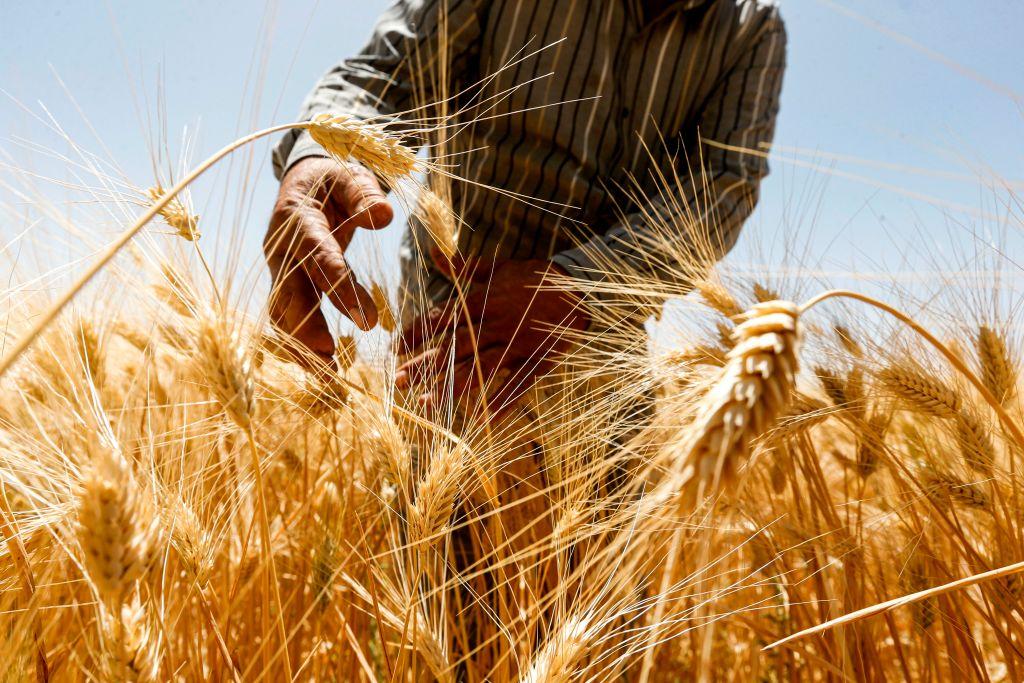Talk of food shortages and empty shelves has been at the forefront of agricultural discussions around the globe for more than two years as production demands have increased and farmers are scrambling to match the pace.
Aggravating the economic aftershocks of the COVID-19 pandemic and supply chain recovery efforts was Russia’s invasion of Ukraine on Feb. 24. That dealt another significant blow to global agriculture, as the conflict involves two of the world’s top wheat producers.





